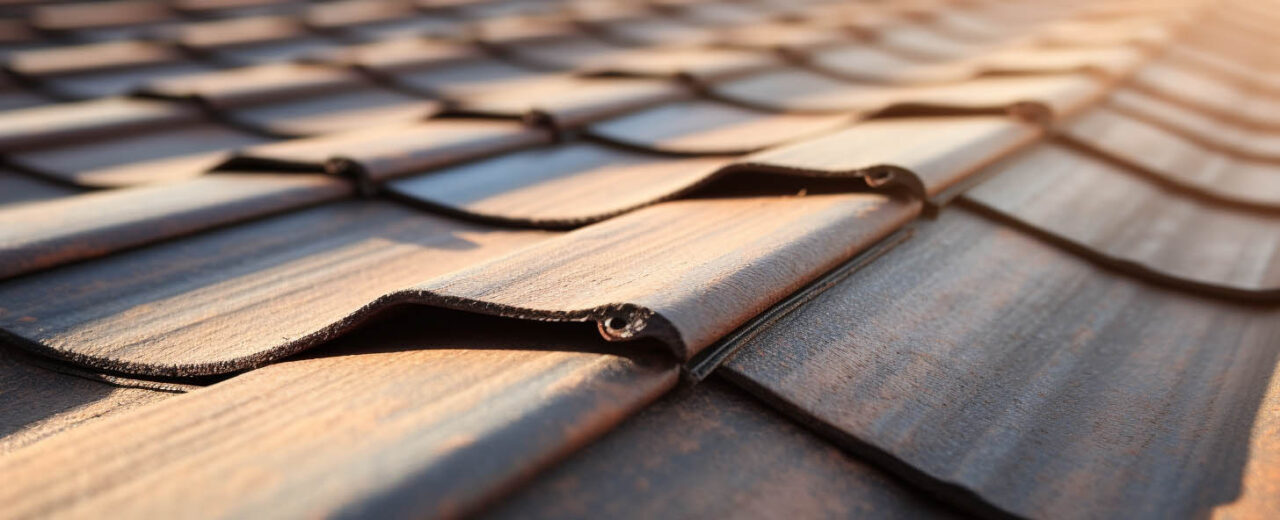Roofing underlayments are a crucial component of any roofing system, providing an additional layer of protection to the primary roofing material. Their role is often underestimated, but they serve as a secondary defense against various environmental factors, ensuring the longevity and durability of the roof.
Understanding the Role of Roofing Underlayments
Roofing underlayments are installed directly onto the roof deck, which is typically constructed from materials like plywood, OSB, or wood planks. These underlayments serve as a barrier between the primary roofing material and the roof deck, offering protection against moisture, wind-driven rain, and other potential hazards.
Key Functions of Roofing Underlayments:
- Protection Against Water Intrusion: In the event that the primary roofing material, such as shingles, gets damaged or torn off due to severe weather, the underlayment acts as a backup, preventing water from seeping into the structure.
- Moisture Barrier: Roofing underlayments prevent any moisture that might have penetrated the primary roofing layer from reaching the roof deck. This is essential to prevent the saturation and subsequent damage of the underlying materials.
- Ice Dam Prevention: In colder climates, ice dams can form on the roof’s edge, causing water to pool and seep into the structure. The underlayment provides an added layer of protection against this phenomenon.
- Facilitating Roof Installation: Underlayments are laid out before the primary roofing material, ensuring a smooth and protected surface for the installation process.
Types of Roofing Underlayments
The market offers a variety of underlayments, each designed to cater to specific needs and preferences.
- Felt Underlayment: Often referred to as “tar paper”, this is one of the oldest types of underlayments. Made from layers of organic or fiberglass material, it provides decent moisture protection and is commonly used with shingle, slate, or wood shingles.
- Self-Adhered Underlayment: Known for its superior water resistance, this type contains high levels of asphalt and rubber polymers. Often referred to as the “ice and water shield”, it has a sticky back, making it easy to apply to any roof, especially in areas prone to leaks.
- Synthetic Underlayment: Gaining popularity due to its water resistance and lightweight nature, synthetic underlayments offer better breathability than their counterparts. They resist mold, mildew, punctures, and tears, making them ideal for areas with strong winds.
Maintaining Your Roofing Underlayment
While underlayments are designed to be low maintenance, periodic inspections are essential, especially after severe weather events. If you notice missing shingles exposing the underlayment, it’s crucial to check for any signs of water damage or wear. Replacing damaged shingles promptly can prevent further complications and potential leaks.
At The Roofing Center, we emphasize the importance of understanding the role and benefits of roofing underlayments. Ensuring that your roof has a quality underlayment can make a significant difference in its lifespan and performance. If you’re seeking a reliable roofing service in Salt Lake City, or if you have questions about the best underlayment for your home, don’t hesitate to reach out to our team at The Roofing Center. With our expertise, we aim to provide the best roofing solutions in Salt Lake City and ensure that your home remains protected against all odds.


